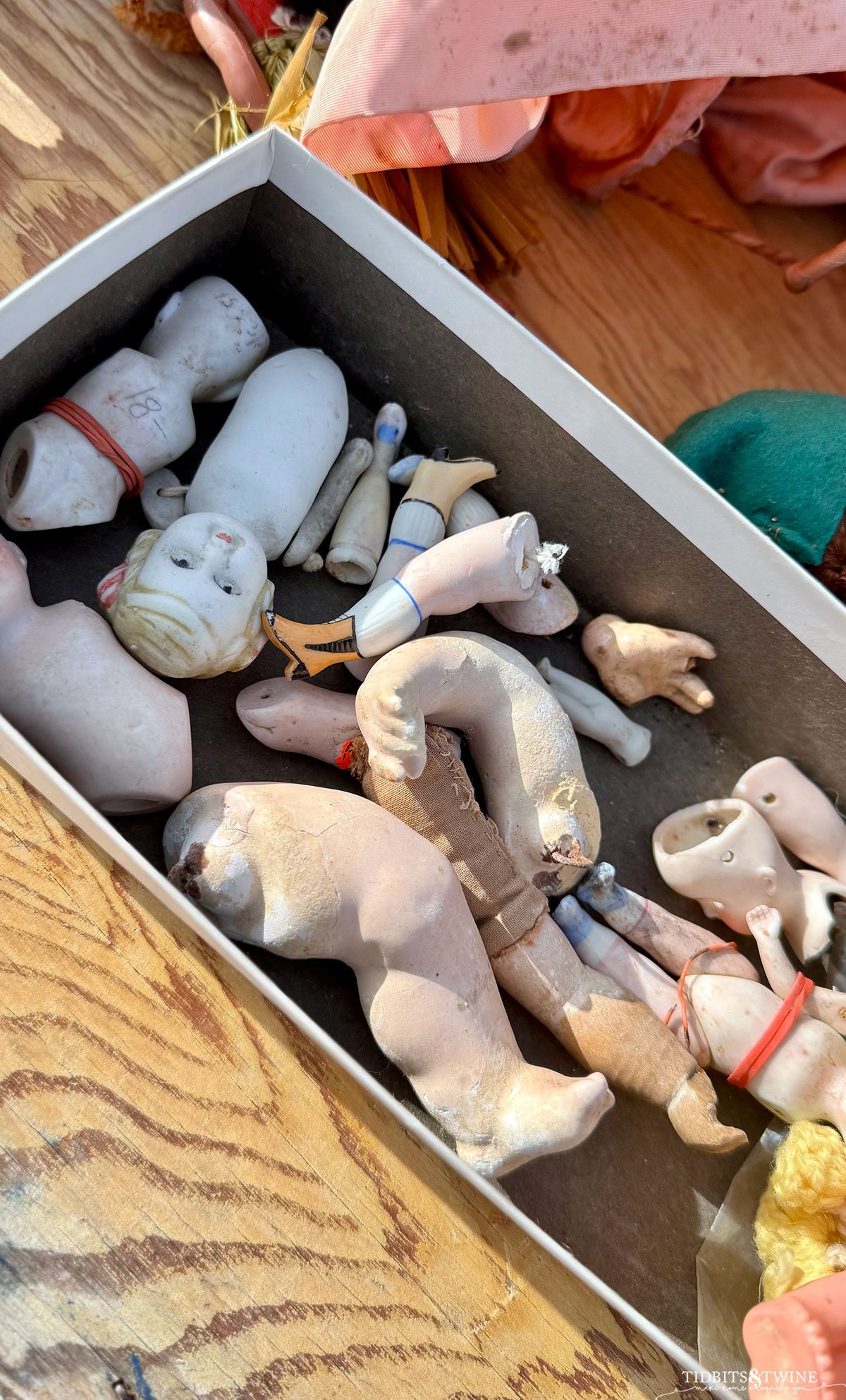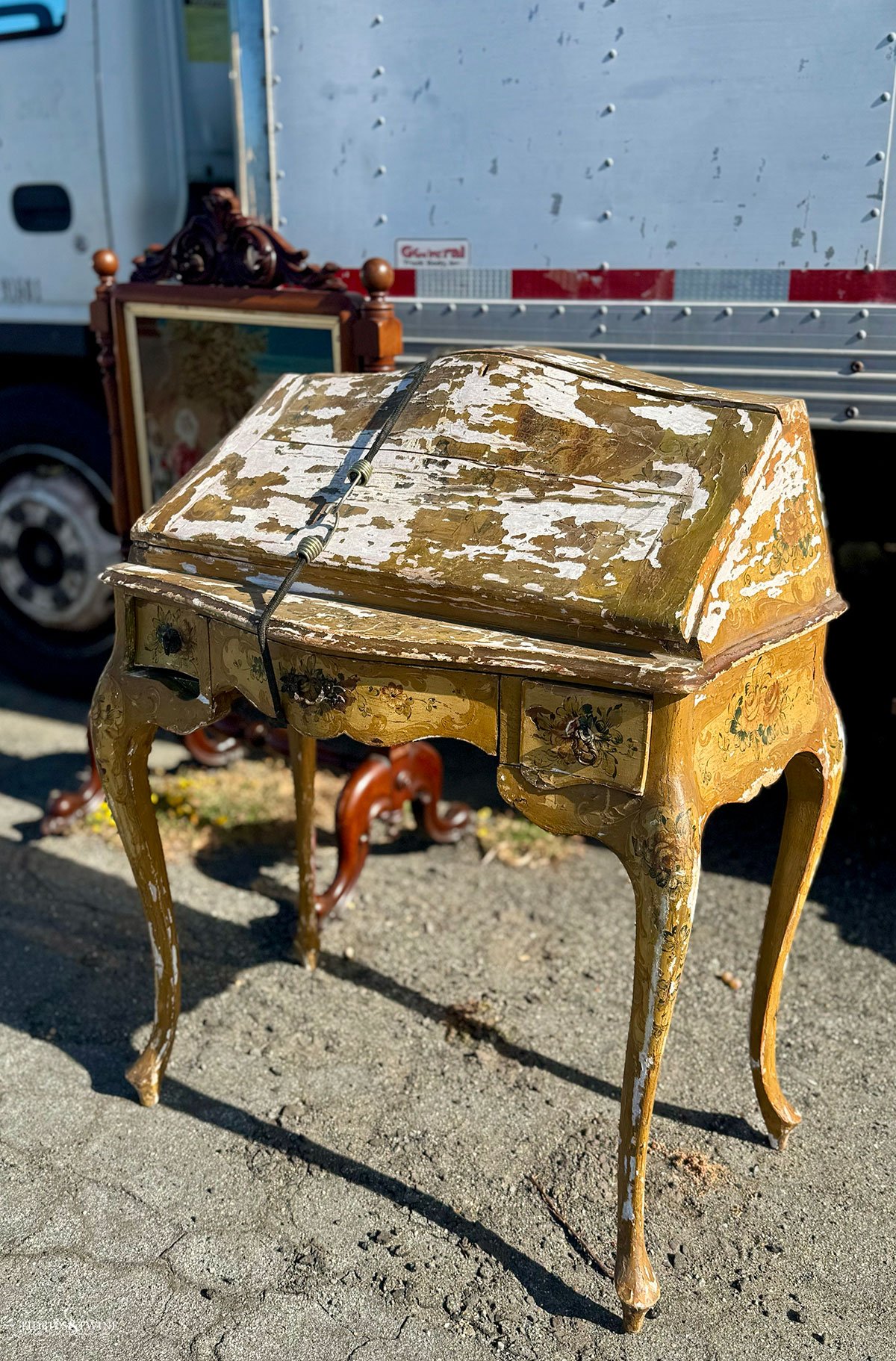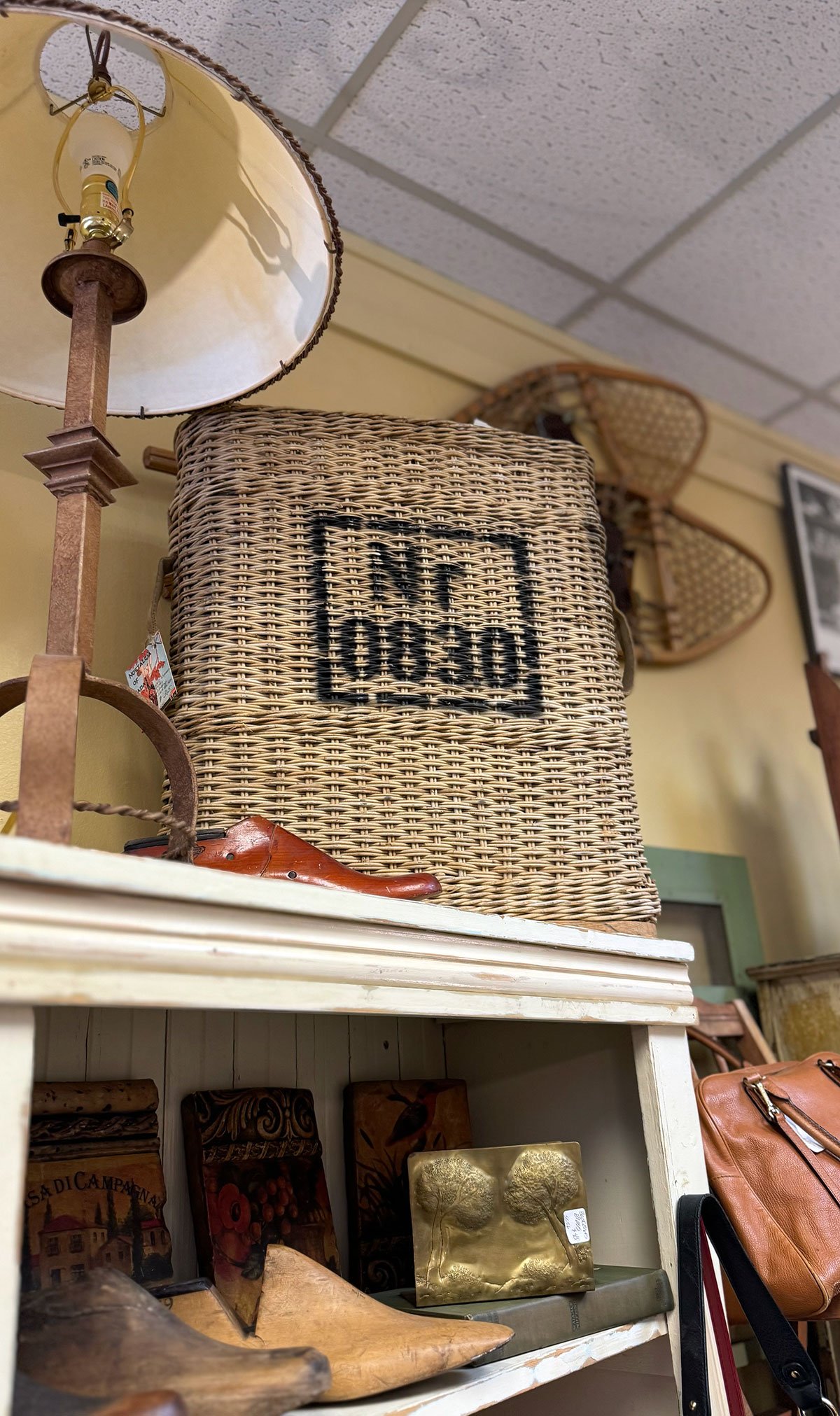Get ready to spot antique treasures—even in the most cluttered, chaotic shops and flea markets. This guide will help you filter the noise, hone your instincts, and turn dusty corners into delightful discoveries.
The best antique treasures aren’t always in the spotlight—sometimes they’re hiding under a stack of mismatched plates, wedged behind a chair, or tucked inside a drawer you almost didn’t open. Learning how to spot antique treasures is part treasure hunt, part puzzle… and sometimes, a little bit of luck.
That’s what makes antique shopping so thrilling—it’s a real-life treasure hunt with surprises around every corner. But let’s be honest: sometimes it feels more like navigating a garage sale in a windstorm than browsing a curated collection. With furniture stacked like Jenga towers, dusty dishes teetering on side tables, and forgotten corners begging to be explored, the real question is: how do you actually spot antique treasures worth taking home?
Let me show you.

Recently, I popped into a tiny antique shop on a whim. At first glance, it looked like pure chaos: furniture layered on furniture, china and silver spilling off every surface. Boxes were stuffed under tables, and smalls were hidden inside drawers like secrets waiting to be discovered. It leaned heavily into categories I don’t usually collect, so I almost walked right back out. But something made me stay.
I slowed down, made a couple of laps, then crouched to peek inside a low drawer. And there she was: a tiny Frozen Charlotte doll, nestled among cameos and tangled jewelry—quiet, unassuming, and just waiting for someone to notice her.
That moment reminded me: the best treasures often don’t shout for attention. You just have to train your eye.
Here’s how I do it—step by step.
10 Tips to Train Your Eye for Antique Treasures
1. Mentally Remind Yourself What You’re Hunting For – Prime Your Focus
Before you even step inside, take 30 seconds to think about what you’re hoping to find. Maybe it’s a pair of brass candlesticks, a small bench for the entryway, or a portrait in a gilt frame. Giving your brain this little nudge helps you tune in more quickly once you’re in the shop. You’ll notice shapes, colors, or materials that align with your mental list—even in a sea of visual clutter.
2. Make Multiple Scans or Laps – See the Space Differently Each Time
You won’t see everything on your first pass—and you’re not supposed to. On your first lap, just take it all in and get the lay of the land. On the second, look high—shelves, tops of cabinets, wall displays. Then on the third, scan low or focus on smalls.
Don’t rush. Let the shop reveal itself to you, layer by layer.
One time at the antique fair, I was walking the regular aisles when I glanced down the exit drive. At first it looked like a pile of junk. But tucked inside was a gorgeous Italian desk—solid, elegant, and just needing a little love.


3. Open Drawers, Peek Behind Things, Look Under Tables – Hunt Beyond Eye Level
Some of the best finds aren’t front and center—they’re hidden due to space or styling. Don’t be afraid to crouch, shift items gently, or peek behind a stacked frame.
I once missed an artillery basket twice before spotting it on my third lap—up high, tucked into a corner. Now it holds antique bread boards in my kitchen, and I’m so glad I looked again.

4. Look for Real, Quality Materials – Let Texture Guide You
Once your eyes adjust to the sea of stuff, filter by material. Skip the MDF, shiny gold-tone metal, or lightweight plastic. Instead, look for:
- Solid wood (check the back or bottom for veneer)
- Marble, stone, or alabaster
- Solid brass with a natural patina
- Ironstone, stoneware, or heavy pottery
Run your hand across the surface. Is it cold? Heavy? Textured? Quality materials often feel authentic before your eyes confirm it.
5. Check the Hardware When Spotting Antique Treasures
Flip, peek, and pull. Details tell the story:
- Uneven dovetail joints = hand craftsmanship
- Square nails or wooden dowels instead of modern screws
- Tarnished, slightly imperfect hardware = age
- Tool marks or hand-planing on undersides
It’s not about perfection—it’s about signs of history.
6. Don’t Be Afraid of Grime or Damage – Patina Has Personality
Crazing on pottery, worn wood edges, tarnished silver, or chippy paint aren’t necessarily flaws—they’re character.
Ask yourself: is the wear structural or purely cosmetic? A wobbly leg may be a dealbreaker, but a crackle-glazed vase? That’s charm.
7. Ask the Vendor – They Might Have Exactly What You Want
Just because you don’t see it doesn’t mean it’s not there.
✨ “Do you have any ironstone pitchers in back?”
✨ “Any small oil paintings you haven’t put out yet?”
Many dealers keep extra inventory under tables or behind the counter. Once I started asking, I realized most vendors love to share—and sometimes that conversation leads to my best find of the day.
8. Use Your Phone as a Research Tool – Knowledge on the Spot
Your phone can help you make informed decisions:
- Snap photos of interesting pieces
- Search maker’s marks or labels instantly
- Check comps on Etsy, eBay, Chairish, or 1stDibs
- Use Google reverse image search to ID style or origin
- Bookmark listings ahead for easy comparison

Pro Tip: Keep a screenshot album on your phone of “things I’m looking for”—it’s an easy reference when you’re overwhelmed mid-hunt.
9. Check the Sale Section – Overlooked Doesn’t Mean Unworthy
Some of my favorite pieces came from dusty corners or markdown tables—ignored by others but perfect for me. A discount doesn’t always mean low quality; it might just mean the vendor is making space.
I was recently at Elsie Green and decided to open a cabinet I saw in the sale section. Inside the cabinet was the most amazing amber apothecary jar marked down to $10 from $40!
10. Snap a Photo Before You Leave – Save It for Later
If you’re unsure, take a quick photo. I’ve revisited images hours later and thought, “Yes, that’s the one.”
Even if you pass, it helps you remember what caught your eye—and refine your taste over time.
Final Thoughts
The best finds aren’t always displayed at eye level with perfect lighting. They’re often hiding in drawers, leaning behind stacks of art, or waiting patiently in a corner for someone with a trained eye.
So slow down. Take your time. Trust your instincts.
Whether it’s a $5 trinket or a splurge-worthy statement piece, the real treasure is the story it brings to your home—and the thrill of finding it when no one else did.
The next time you’re out, slow down, trust your instincts, and use these tips to spot antique treasures others might overlook. You never know—your next favorite find might be hiding in the most unexpected place.
“The real treasure isn’t what you find—it’s the story it brings to your home.”
What’s the best antique you’ve ever stumbled upon? Tell me in the comments!

Join the Community
Let’s keep in touch! Get exclusive artwork plus the latest news delivered directly to your Inbox!

